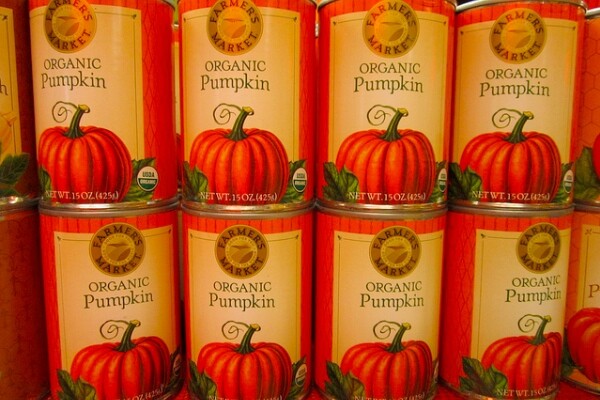The Built-In Scam of Organic Labels

Photo:vasenka/Flickr/Creative Commons License
A few months ago, my car failed a smog test. It was the first time it had done so, and the technician had no idea why. He suggested taking it to get a diagnostic, and $300 later they told me that I'd need to put in another $2,300 to fix the car. This was far beyond the car's value, so I started making plans to junk it. But then, I decided to play a hunch.
I went online and found another smog test company that had a "No Pass, No Pay" policy. I took my car in, paid the fee (a tad steeper than others), and ten minutes later they returned my car with a bold PASS marking. After making sure the results had been electronically sent to the DMV, I asked why it passed this time but not the other. "We just didn't test the thing it failed," he said. I must have given him a confused enough look, because then he admitted my long-held suspicions about the whole process. "Yeah," he said, "the whole thing's a scam."
Which brings us to the regulations process guarding our organics label.
A recent NPR piece, tells the tale of writer and professor Peter Laufer who also decided to play a hunch. When shopping for organic-label items, he noticed that a large percentage were shipped in from abroad. Because of that, he thought that perhaps a few of those claims needed to be investigated, which led to his new book, "Organic: A Journalists's Quest to Discover the Truth Behind Food Labeling."
The book delves into the confusing laws governing the label, and how deceptive businesses around the world take advantage of that confusion. What may be the most worrying aspect of his investigation, however, is how organics are certified here in the U.S.:
The companies that inspect organic farmers and processors, and certify their products as organic "are paid by those that they certify," he says. "And there is competition among the 'certifiers.' So you can imagine, if the inspection is a little harsh, the company or the farm could say, 'Hey, there are other places I can do business with that wouldn't put me through this kind of rigor.' "
Like having a smog test company guaranteeing that you pass or don't pay.
It's not surprising companies are doing everything to get the prized label on their packaging: It's big money these days. In 2013, the organics industry took in over $35 billion in sales. And those earnings are expected to bump up 12 percent this year. In other words, getting an organics label is basically printing money. And while going the route of actually changing up methodology to qualify legitimately for the label is the best practice, finding ways around that pesky bureaucratic mess is easier.
All that said, there's a case to be made that organic regulations are actually getting better. Last year, the USDA looked at upwards of 260 complaints (a quarter of which were regarding label violations and fraud), their highest total yet. And those complaints led to them fining companies $87,000 for label misuse. In fact, the policing of the organic label is so important in the government's eyes that they boosted the budget for the USDA's program by 40 percent, allowing them to keep a better eye on the 84 certifiers which have given the approval to over 25,000 organic operations.
But still, there's a big discrepancy between $87,000 in fines and $35 billion in sales. And as long as that's there, certain companies will be taking the gamble.
Which means it's time to change the certification process. As long as the certifiers' income is linked to whether or not they pass a given company, the method is ripe for corruption. Making it so that one government-run organization takes control of the process may not cut down on corruption completely, but at least it will keep the independent certifiers from being compelled to pass their clients.


